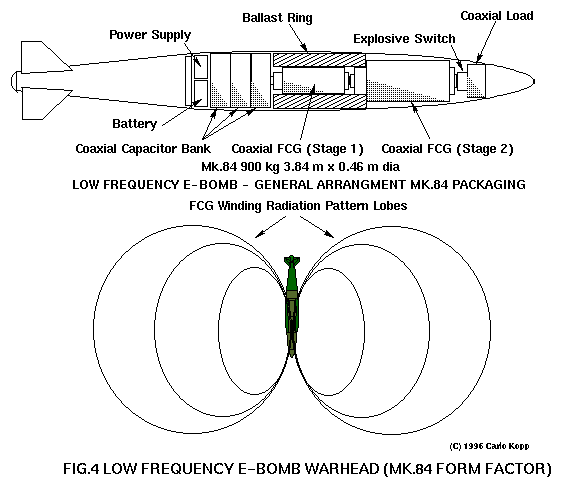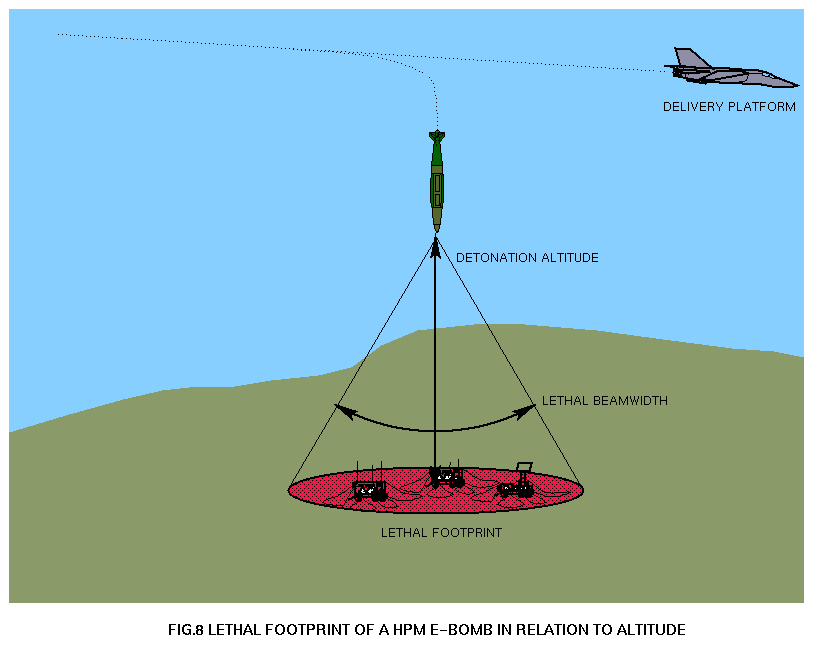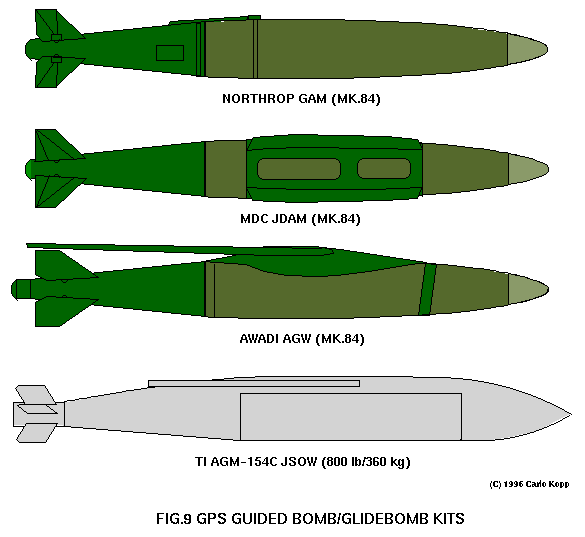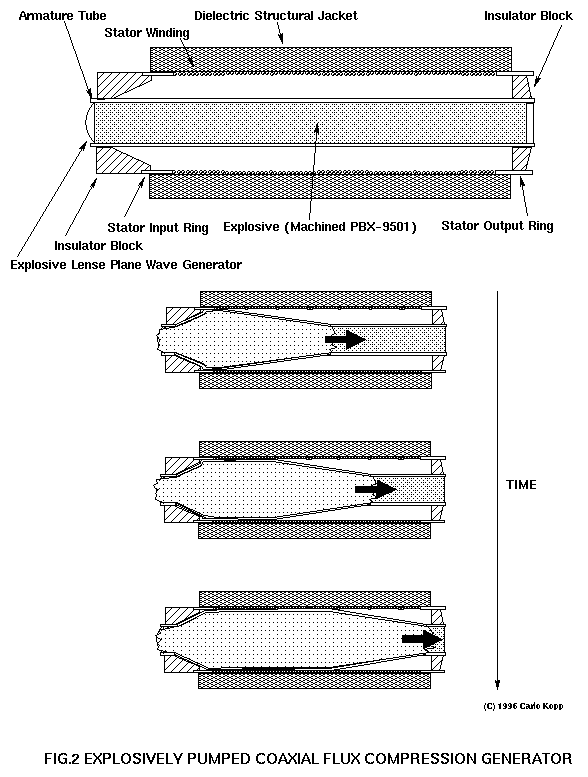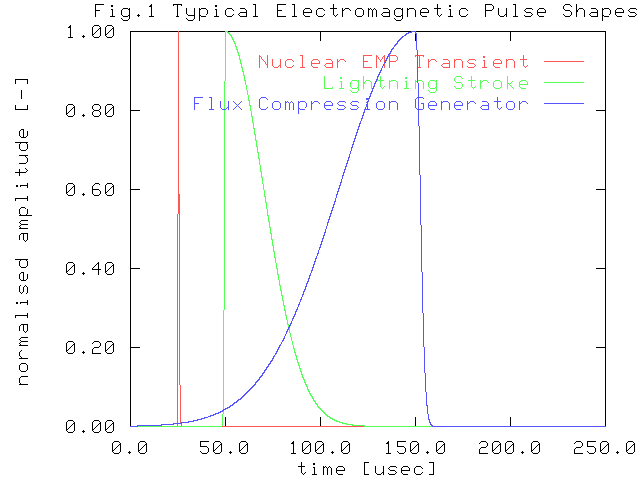This is going to be a JDAM-ER 🧵to try and explain the battlefield impact of the weapon in the Ukrainian Air Force, AKA the PSU.
Essentially this is a glide bomb kit version of the ubiquitous JDAM that pairs well with the PSU Su-24 fleet, the Soviet answer to the USAF F-111.
1/8
Essentially this is a glide bomb kit version of the ubiquitous JDAM that pairs well with the PSU Su-24 fleet, the Soviet answer to the USAF F-111.
1/8
https://twitter.com/TrentTelenko/status/1628147242900103168
The ability of the Su-24 to fly transonic on the deck in a low density integrated air defense environment means there are a lot of low level holes in radar coverage to lob a stick of glide bombs out of, at high speed, inside occupied Ukraine.
2/8
2/8
https://twitter.com/TrentTelenko/status/1628175431240151042
The PSU would be able to hit a number of just over 100 km Russian logistical targets with a 60 km low altitude penetration & JDAM-ER toss bomb attack profile.
See examples⬇️
3/8
See examples⬇️
3/8
https://twitter.com/NLwartracker/status/1627047811840868353
The JDAM-ER is the result of a US-Australian cooperation agreement where in the Australians developed a glide kit for the Boeing JDAM five years ago that comes in several flavors & ranges.
It is unclear if the jet engine version of the JDAM-ER will be provided to the PSU.
4/8
It is unclear if the jet engine version of the JDAM-ER will be provided to the PSU.
4/8

If jet powered JDAM-ER was provided, PSU Su-24's don't have to enter occupied Ukrainian air space to kill Russian logistical targets.
160 nautical miles is ~296 km, just shy of the ATACMS 300km.
5/8
160 nautical miles is ~296 km, just shy of the ATACMS 300km.
5/8
And if it wasn't.
The Russian Army should still worried about the Kerch Straits Bridge catching some JDAM-ER as they have GMLRS style microelectromechanical systems (MEMS) inertial measurement units (IMU) that let them ignore Russian GPS jamming.
6/8
mobilityengineeringtech.com/component/cont…
The Russian Army should still worried about the Kerch Straits Bridge catching some JDAM-ER as they have GMLRS style microelectromechanical systems (MEMS) inertial measurement units (IMU) that let them ignore Russian GPS jamming.
6/8
mobilityengineeringtech.com/component/cont…
One more thing, unless the Russians park a 24/7 A-50 Mainstay AWACS orbit over Crimea.
The SU-24 plus JDAM-ER combination just made Sevastopol untenable as a fleet base.
The JDAM-ER MEMS inertial guidance is as accurate as GMLRS, enough to plink warships at their piers...
7/8


The SU-24 plus JDAM-ER combination just made Sevastopol untenable as a fleet base.
The JDAM-ER MEMS inertial guidance is as accurate as GMLRS, enough to plink warships at their piers...
7/8



...even if the GPS is jammed.
The arrival of JDAM-ER in the PSU's SU-24 Fleet is when Russia's lack of air superiority in Ukraine will kill them.
8/8

The arrival of JDAM-ER in the PSU's SU-24 Fleet is when Russia's lack of air superiority in Ukraine will kill them.
8/8


• • •
Missing some Tweet in this thread? You can try to
force a refresh





